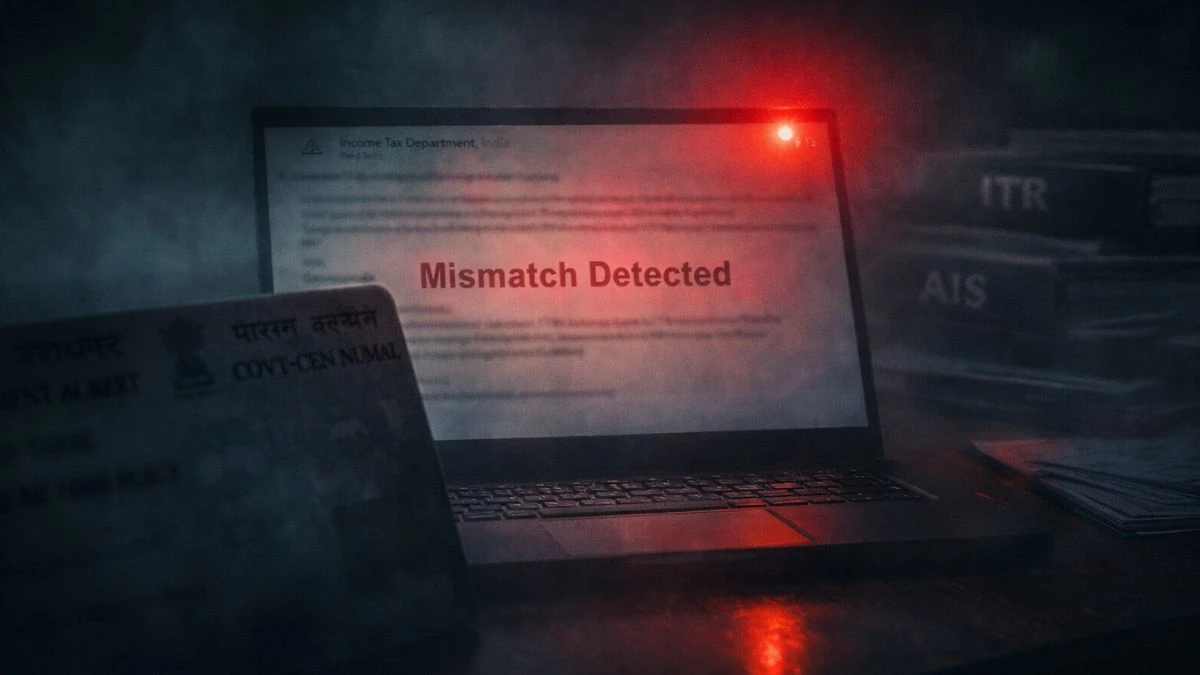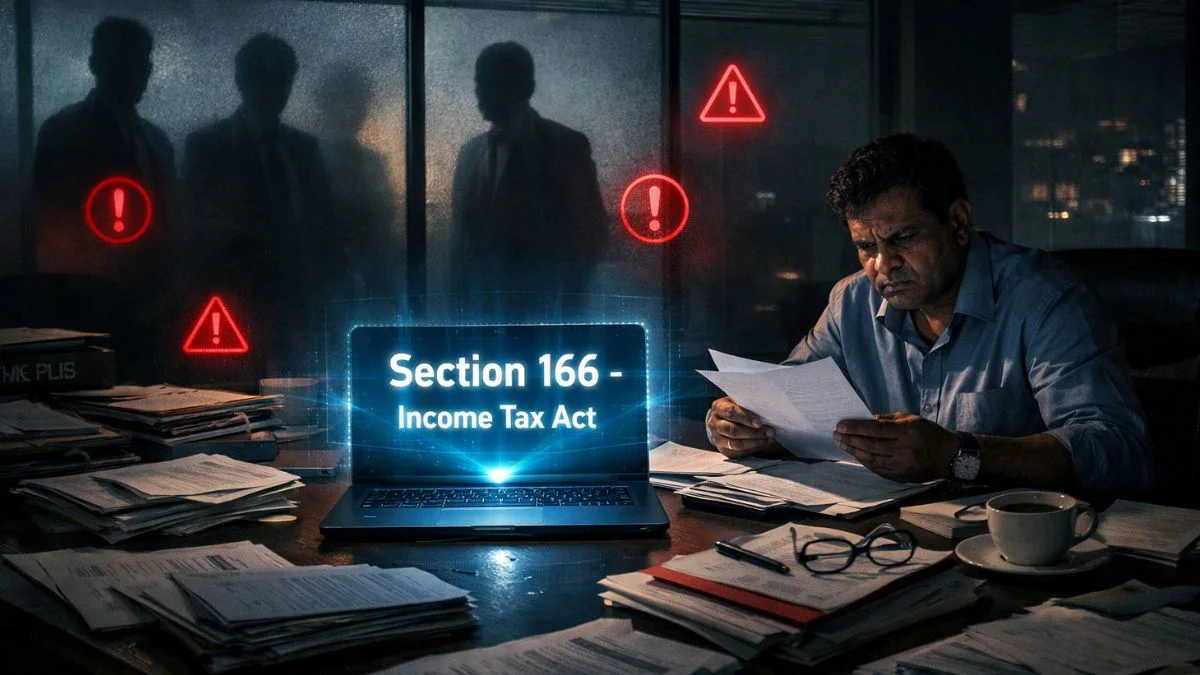
India is moving towards a digital economy, and high-value cash withdrawals have been under the scanner for years. To discourage large cash transactions and improve tax compliance, the government introduced Section 194N of the Income Tax Act through the Finance Act 2019.
The goal? Reduce unaccounted cash in circulation & promote digital payments.
So, if you or your business withdraws large amounts of cash from banks or post offices, this section might just knock on your door.
📘 What is Section 194N of the Income Tax Act?
In plain language, Section 194N mandates a 2% TDS on cash withdrawals exceeding ₹1 crore in a financial year. This requires the payer (bank/post office) to subtract TDS at a rate of 2% when the cumulative cash withdrawal crosses the threshold.
It applies whether the withdrawal is in one go or through multiple transactions.
So yes, if you’re dealing in cash, you better watch that ₹1 crore mark.
🧾 Basic Applicability and Scope
Let’s break it down:
- Applicable to: Individuals, HUFs, companies, firms, etc.
- Not applicable to: Government, banks, white-listed institutions
- Threshold: ₹1 crore in cash withdrawals in a financial year
- TDS rate: 2%
- Applicable on: Total amount exceeding ₹1 crore, not on the whole amount
👉 Example: If you withdraw ₹1.2 crore, TDS is 2% of ₹20 lakh = ₹40,000.
🧑🏫 With Example: How TDS is Calculated
Let’s say your firm withdraws:
- ₹40 lakh in April
- ₹30 lakh in July
- ₹35 lakh in December
Total: ₹1.05 crore
TDS will apply on ₹5 lakh (amount over ₹1 crore) → 2% of ₹5 lakh = ₹10,000
That’s the tax deducted & deposited by the bank on your behalf.
So if you're searching section 194N of the Income Tax Act with an example, here it is—clear, real, relatable.
💼 Institutions Covered and Exempted
The section applies to banks (including SBI), post offices, and cooperative banks. So if you’re withdrawing large amounts from SBI, this section will apply.
✅ Exemptions under section 194N of the Income Tax Act include:
- Central/State Governments
- Any cooperative society engaged in banking
- White-listed RBI or SEBI entities
- Business correspondents (limited withdrawals)
🧾 Under Section 194N of the Income Tax Act – Special Rule for Non-Filers
With a later amendment, non-filers of income tax returns now face a stricter rule:
- Withdrawals between ₹20 lakh and ₹1 crore → 2% TDS
- Above ₹1 crore → 5% TDS
This applies to anyone who hasn’t filed ITR for the last 3 years, making non-compliance costly.
So if you don’t file & deal in cash, you’re losing 5% on your withdrawals. Ouch. "
⚖️ Section 194N of the Income Tax Act Bare Act Summary
The bare act of section 194N of the Income Tax Act 1961 says:
"Every person, being a banking company, a cooperative society engaged in carrying on the business of banking or a post office, who is responsible for paying any sum, in cash, over one crore rupees during the previous year to any person shall, at the time of payment, deduct an amount equal to 2% of the sum exceeding one crore rupees, as income-tax."
Yes, legal—but direct.
🔁 Latest Amendment in Section 194N of Income Tax Act
The latest amendment increased scrutiny on cash-heavy businesses.
If you haven’t filed ITRs & still deal in large cash withdrawals, the section 194N latest amendment allows higher TDS to be deducted upfront.
This also brought in new compliance requirements for banks to monitor withdrawals with PAN tracking.
📜 Notifications and Circulars to Watch
Key notifications:
- CBDT Notification No. 68/2019
- Finance Act Amendments – FY 2020–21 and FY 2021–22
- Bank-level guidelines on implementation (e.g., section 194N of the Income Tax Act, SBI)
These guidelines on deducting & reporting TDS under this section ensure that no one escapes.
📈 Rate of Deduction: Quick Reference
|
Category |
Threshold |
TDS Rate |
|
Regular taxpayers |
Above ₹1 crore |
2% |
|
Non-filers (past 3 years) |
₹20L–₹1 crore |
2% |
|
Non-filers (above ₹1 crore) |
Over ₹1 crore |
5% |
If you're searching section 194N of income tax act rate, this table is your one-glance guide.
🌐 Section 194N in Hindi – Simplified for Better Understanding
For those searching section 194N of income tax act in Hindi:
“अगर कोई व्यक्ति किसी वित्तीय वर्ष में बैंक या पोस्ट ऑफिस से ₹1 करोड़ से ज़्यादा नकद निकालता है, तो उस पर 2% TDS लागू होता है। अगर पिछले 3 सालों से ITR फाइल नहीं किया है, तो ₹20 लाख से ऊपर पर भी TDS काटा जाएगा।”
📌 Section 194N Applicability: Key Points to Remember
- Applies on cash, not online or cheque transactions
- Tracked PAN-wise, so multiple accounts still count
- Doesn’t affect withdrawals under ₹1 crore (for regular filers)
- Non-filers face a double punch—2% 5% TDS slabs
📘 Section 194N PDF, Downloads & Circulars
You can download the Section 194N of the Income Tax Act PDF or the notification PDF from:
- incometaxindia.gov.in
- Tax portals like TaxGuru, ClearTax, and Taxmann
Includes circulars, SBI guidelines, and applicability explanations.
🔎 Real-Life Scenario – Case Example
A rural cooperative dealer who hasn’t filed ITR in the last 3 years withdraws ₹50 lakh over 12 months from SBI.
Because he’s a non-filer, even though his withdrawals are under ₹1 crore, he’ll still face 2% TDS = ₹1,00,000 deducted automatically.
Many such small businesses are caught unaware. "
🤔 Why You Should Care
If you're withdrawing cash regularly, especially for wages, supplier payments, or construction, section 194N of the Income Tax Act is already active.
You’ll lose TDS at the source. It will reflect in Form 26AS, but refunds may not be simple unless you can justify the withdrawals.
The section’s applicability & enforcement are getting stronger every year, with banks integrated into the system through real-time TDS deduction.
🧾 Final Checklist
|
Concern |
Answer |
|
Does it apply to me? |
Yes, if you withdraw over ₹1 crore in cash |
|
Rate? |
2% (filers), up to 5% (non-filers) |
|
Bank involved? |
All, including SBI, Post Office, Co-op banks |
|
Avoidable? |
Only if you use digital mode or reduce cash use |
|
Legal proof? |
Refer to section 194N Bare Act and CBDT circulars |
🔚 Conclusion: Less Cash, More Clarity
Section 194N of the Income Tax Act is not just about taxes. It’s a government message—move to transparent systems.
If your cash withdrawals are high and unavoidable, maintain proper accounting, file timely ITRs, & keep documentation ready. Otherwise, you'll end up losing 2–5% of your hard-earned money before you even spend it.
💬 Need help with 194N compliance?
Ask your questions in the comments or reach out at CallMyCA.com—we’ll help you check your cash usage & tax impact before the bank does.











